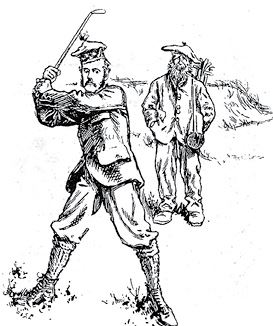 From the 1940s through the middle ’60s, most touring professionals would say that the DRIVER was the most important club in the bag (actually about 12 percent of the game). The reason so stated by players was that the driver sets up the rest of the game.
From the 1940s through the middle ’60s, most touring professionals would say that the DRIVER was the most important club in the bag (actually about 12 percent of the game). The reason so stated by players was that the driver sets up the rest of the game.
This has always been true and will remain true. Since these earlier times, however, the putter (44 percent of your score) has become the most important club in your bag. This is also a core truth about the game—putting is nearly half of your score, and if you look at Tiger Woods, Jack Nicklaus, Gary Player, Billy Casper or just about any player with more than one win as a Major, putting delivered the victory.
Now we have a third priority in the game—length. Length is like having two extra clubs in your bag. I am amazed at the length some of these “kids” hit the ball. They have only grown up with modern equipment and with a modern game (i.e. “up and over everything”) rather than around a bunker or a set of trees. With added length has come severe added length to golf courses, making a bag of head covers for most amateurs and virtually turning many short par-5s into par-4s. I’m not so sure this has been good for the game. I do not believe that any player wants to hit a “head cover club” all day long. Modern course design has also given us too many courses too tough for the 15- to 18-handicap player to really enjoy the game.
We are paying a price now: courses too long, courses too hard resulting in less golf and less income from all other sources of golf related choices at the course and facility. Not so long ago there was a big push by the so called National Golf Foundation (the golf police) to build a course a day to keep up with the demand. What a mistake as a business model.
The fox does not guard the hen house and the bottom up growth of the game must remain with the grassroots bare knuckle approach from the day-to-day operation of the facility. We need water, rounds and revenue to have a successful golf operation.